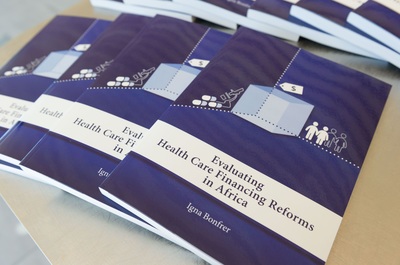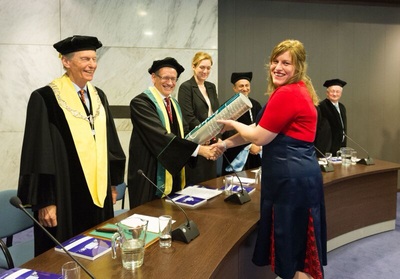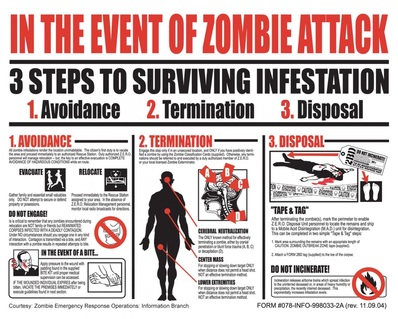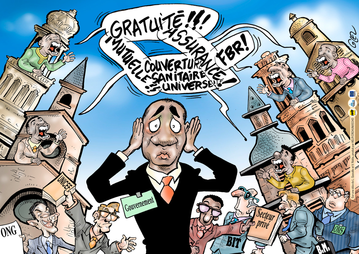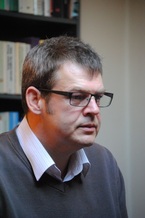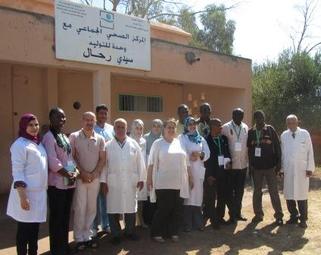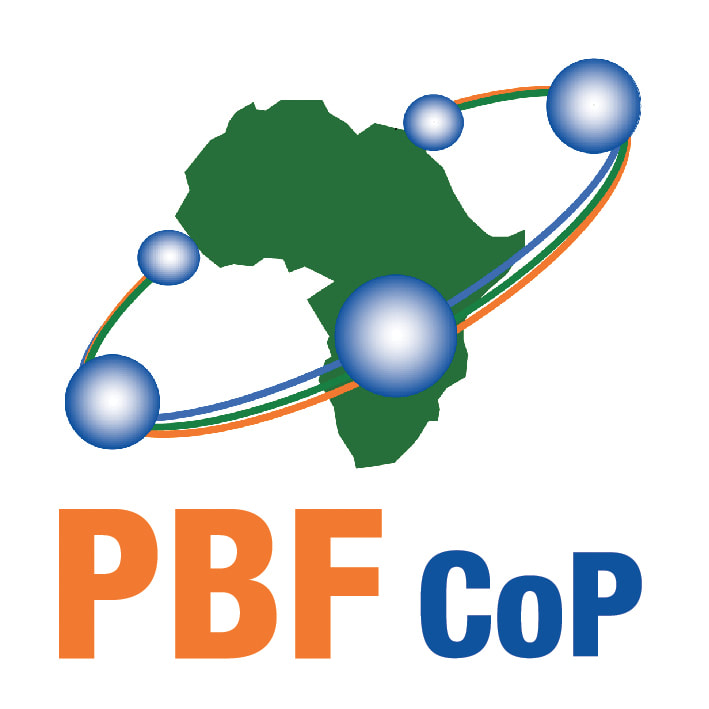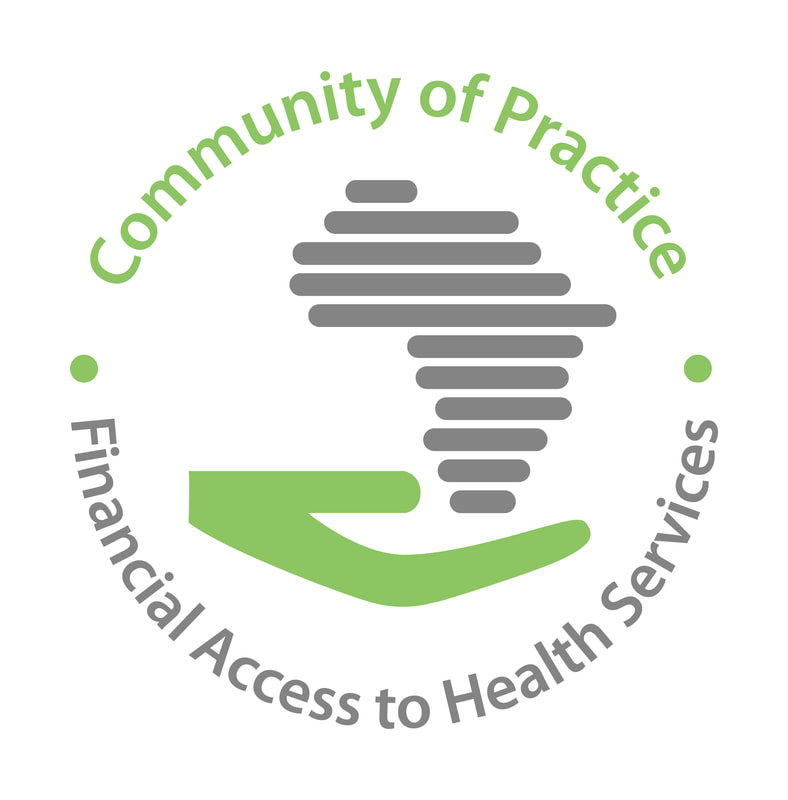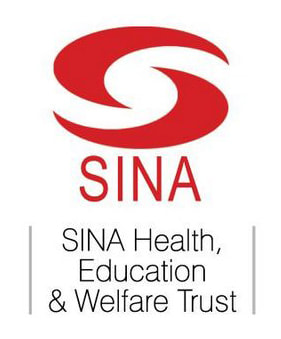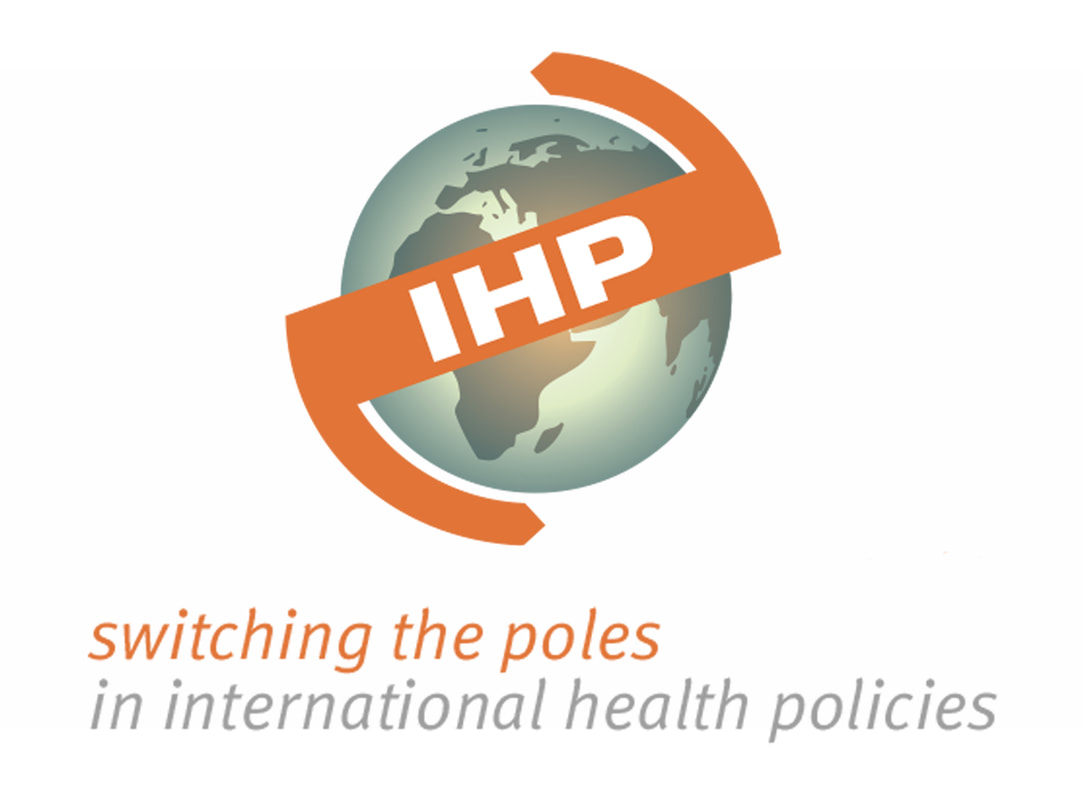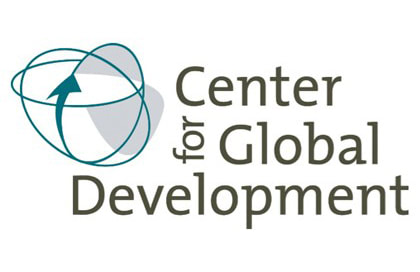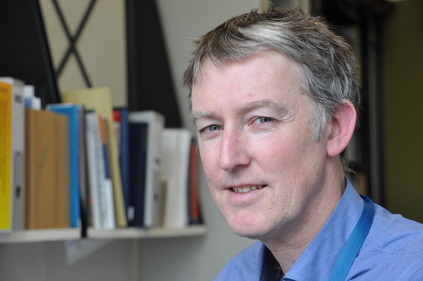
Following successful trainings on health financing policy in Tunis and then Barcelona, the World Health Organization recently launched a new web-based e-learning course, Health Financing Policy for Universal Health Coverage. HFA spoke to Matthew Jowett, Senior Health Financing Specialist at WHO Geneva and organizer of this course, to learn more about the latest offering and WHO’s new blended learning approach.
Let’s start with the history. How did the e-learning course come about?
When I joined the Barcelona office in WHO Europe in 2007, we developed the WHO’s first course on health financing. It was geared specifically to the European region, but the content was based on existing WHO frameworks on health systems and health financing. As a result, we got a lot of demand for the European course from outside Europe, which led us to develop a new course for low- and middle-income countries. That course was held first in Tunis and then in Barcelona for the next two years. However, the demand was so high. From a didactic point of view and given logistical constraints, we had to limit the number of participants. As a result, we were putting a lot of effort into promoting this course, and then rejecting the majority of applicants. So one of the main ideas behind the e-learning course was: How do we respond to this excess demand in other ways?
The other thing is that, while face-to-face is always best, the reality is that the WHO is based in Geneva, and we are still in many ways stuck in that traditional mode of getting on a plane and flying in and out for meetings and trainings. The risk is that you become part of the problem. People from ministries are going to so many meetings, which takes time away from their jobs. So we wanted to do something tailored to busy people—something useful that will fit in with their schedules without being too disruptive or crafted in a way that’s too generic.
Has the content evolved between the face-to-face Tunis course and the latest e-learning course? How?
The in-person course in Tunis is called an advanced course, so we assume people know about the landscape and basic terminology in the field. There’s a large focus on face-to-face group work, so we try to achieve balance between gender, stakeholders, geographic areas, et cetera. By contrast, the e-learning course is targeted at audiences of all levels. The content is much more simplified, which you have to do with self-guided learning. Right now there is no facilitation involved in the e-learning course, but that’s something we are considering adding in the future.
How does this course compare to other existing courses related to health financing?
The World Bank has a flagship course that focuses on health systems, and health financing is only one part of it. You could argue that it’s a broader, systems-oriented course looking at all of the different functions or control knobs and their interactions. In this course, we just focus on the health financing and go into more detail. We have our own way of thinking about health financing and its core functions: the revenue raising, the pooling, the purchasing, and the benefits. The World Bank also has a Health Economics 101 course, but that’s really different from health financing policy. So I think the WHO course is the first of its kind to really focus in depth on health financing policy.
That being said, we go to to great lengths to position our thinking on health financing within the broader health system. We frame it very carefully. If you look at the first module of the e-learning course, it’s not really about health financing—it’s about universal health coverage. It comes to health financing and considers: How does health financing contribute, together with other elements of the health system, to making progress toward UHC? That’s the real question.
To what extent does the course cover implementation challenges for health financing policy?
On the first course in Tunis, we got some really good feedback from participants that they wanted more nitty gritty implementation ideas, and we made it clear that implementation is not what we focus on in this course. There is so much information out there. Our take is this: let’s just be really clear on our thinking. Let’s help people put the pieces together in a coherent way—at least in terms of policy and strategy. This course is more “what to do” than “how to do.” But we try to root it as much as possible in real world examples; for instance, the provider payment section draws heavily on case studies from around the world.
How is this course meant to be used?
There are three initial ways this course may evolve. First, we can offer the course as a substitute to people who can’t attend our face-to-face courses. Second, for people who come to the face-to-face courses, we’re going to recommend they complete this e-course in advance. Over time, this might even change how we run the face-to-face course; we could make it more discussion-based, assuming people have already gone through the foundation material online. Third, it serves as a refresher. Participants can spend five days at the course, but the reality of busy schedules means it can be hard to retain information afterward, so the e-learning review could be helpful in this way.
Given the simplified curriculum and broad targeting to audiences “at all levels”, should mid- and senior-level professionals take this course? What can they hope to gain, assuming they are already familiar with basic health financing concepts?
There’s a fourth evolution of this course, actually. I’ve always seen this e-learning course as more than just an e-learning course. In the simplest form, people sit on their computers or on their tablets, and they complete the course. But we can use it in a much more customized way to address limitations in the way we deliver technical assistance.
Let’s say, for example that a country such as Afghanistan or Lesotho is developing a health financing strategy or a new insurance scheme. They develop a working group or a steering committee. What [the WHO] can do is offer to structure a program of capacity building events or interactions, parts of which could involve completing specific modules of this course. Later, we all get together in a forum, and we discuss what this means for their country. In this way, we can add value by incorporating e-learning as one element in a structured blended learning and capacity building program, partnering up with practitioners in country. So I kind of see it as much more than a simple, static course. I think we can be much more creative. Given that face-to-face interactions aren’t always possible, we have to be smarter in how we deliver technical assistance.
You’re absolutely right. It’s quite common for health financing folks to present concepts on pooling and purchasing, only to lose the audience in the abstract language. There’s a need to empower technical people in-country to more effectively communicate the relevance of health financing to larger agenda.
You can lose people really quickly. It’s something I’ve learned in my career: the importance of connecting health financing with the broader health system more clearly. Health financing, or any aspect of a health system is, on its own, very limited. Yes, it’s what our team specializes in, but framing our work and making clear connections to the rest of the health system whilst not over-complicating matters is critical.
Are there any plans to expand the WHO’s health financing course offerings in the future?
This course is really just the basics, so there are an unlimited number of additional modules or content we could add. For instance, there’s a whole growing agenda around public financial management and health financing—that’s one area that is potentially quite complex. And I think that’s where e-learning can come into its own, because you’re forced to really simplify the ideas and the messages. How well we do it, only time can tell.
Will this course be offered in other languages?
We are currently developing Russian, Arabic, and French versions of the course for roll out in 2017. Spanish was also proposed, but our PAHO office in the Americas decided to focus on an existing and similar distance learning course, so for now there won’t be a Spanish version.
Anything else you’d like to add?
When I look back and think about why I’ve spent so much time on this course and also on revamping our website, I think it comes down to this: whilst there are new emerging agendas where conceptual thinking is required, we still need to work hard to communicate our existing and core ideas better.
To that end, we’ve revamped our whole website last year. It’s getting a lot better, we’re getting a lot more traffic, and keep it regularly updated. The blended learning hasn’t started yet because we wanted the e-learning to get out there first. So hopefully before the end of the year or early in 2017 we’ll start to try out the blended learning approach with at least one country, incorporating the e-learning materials.
Learn more about the WHO e-Learning Course on Health Financing Policy for Universal Health Coverage at the official page here.
Note: This interview has been edited for length and clarity

